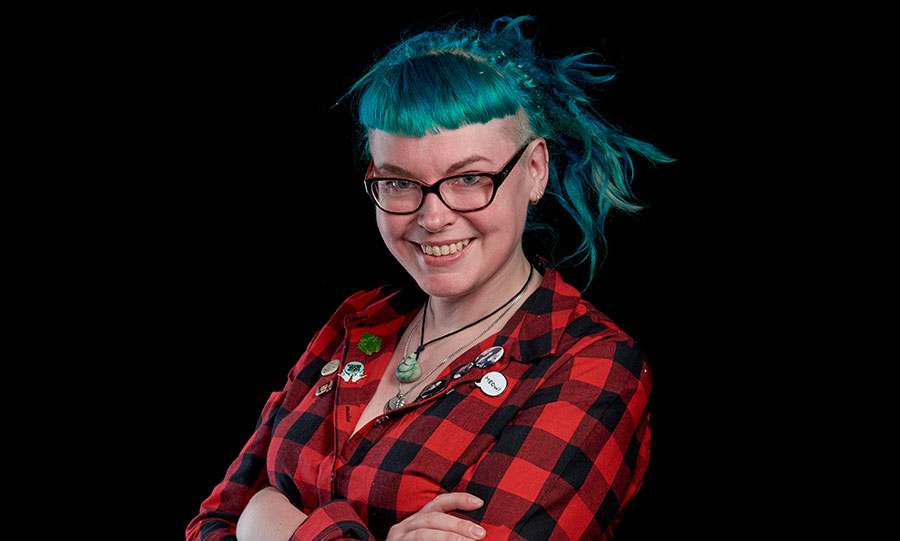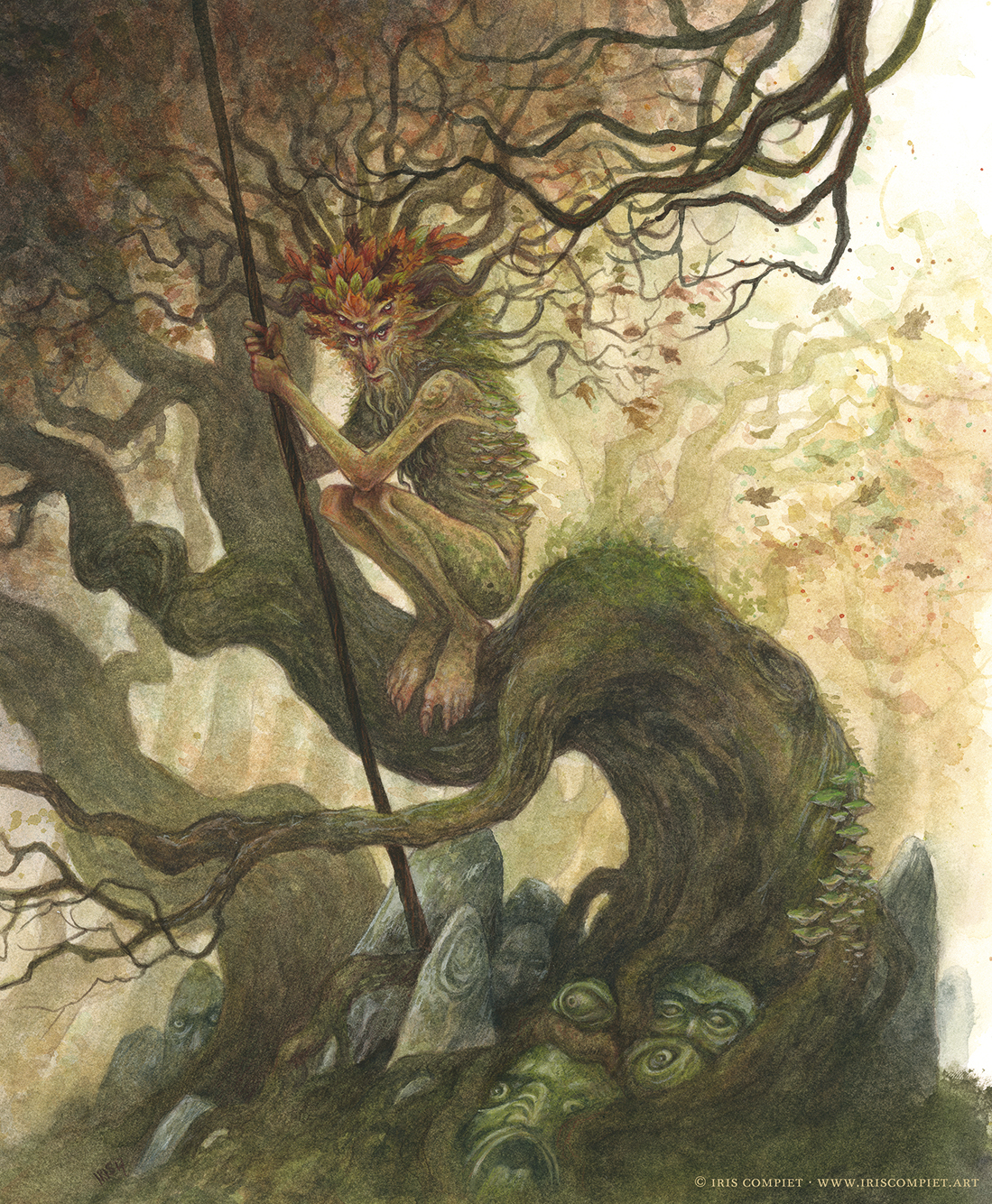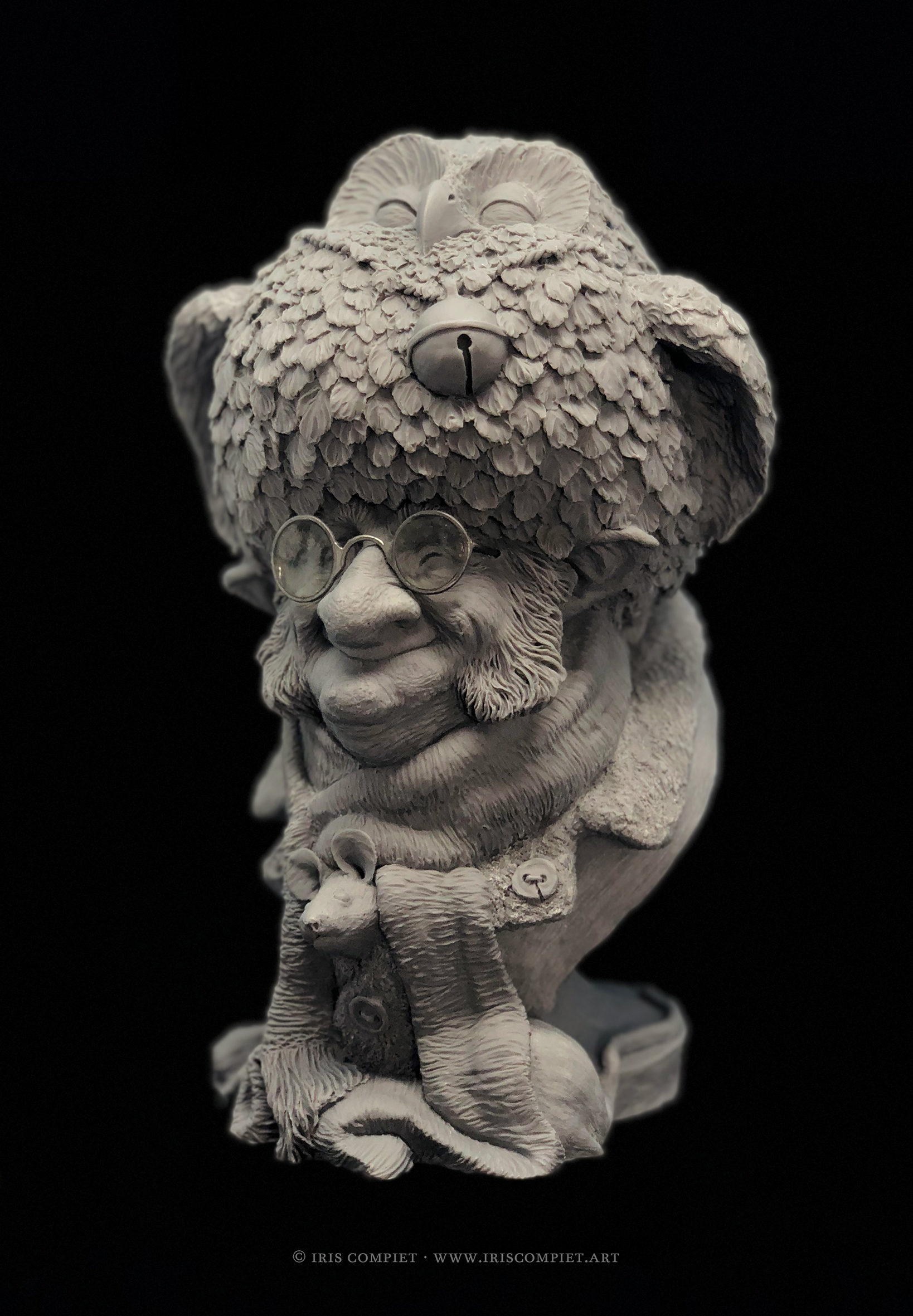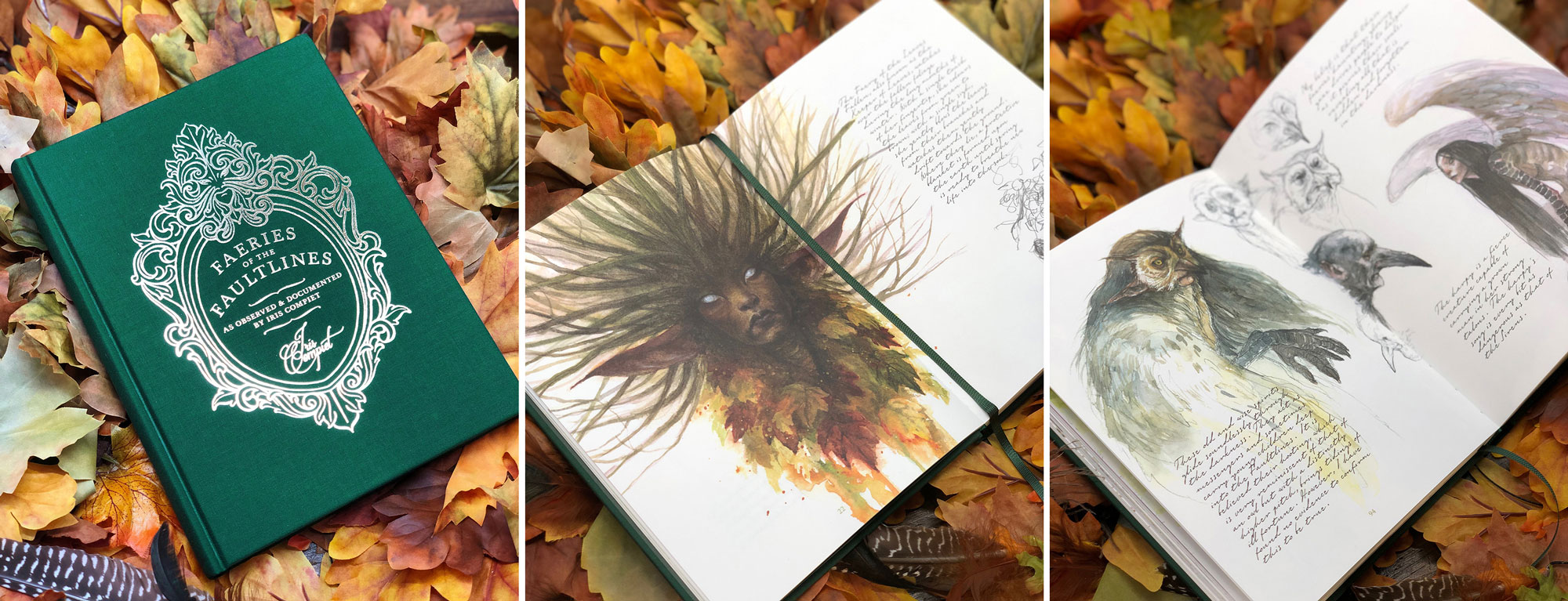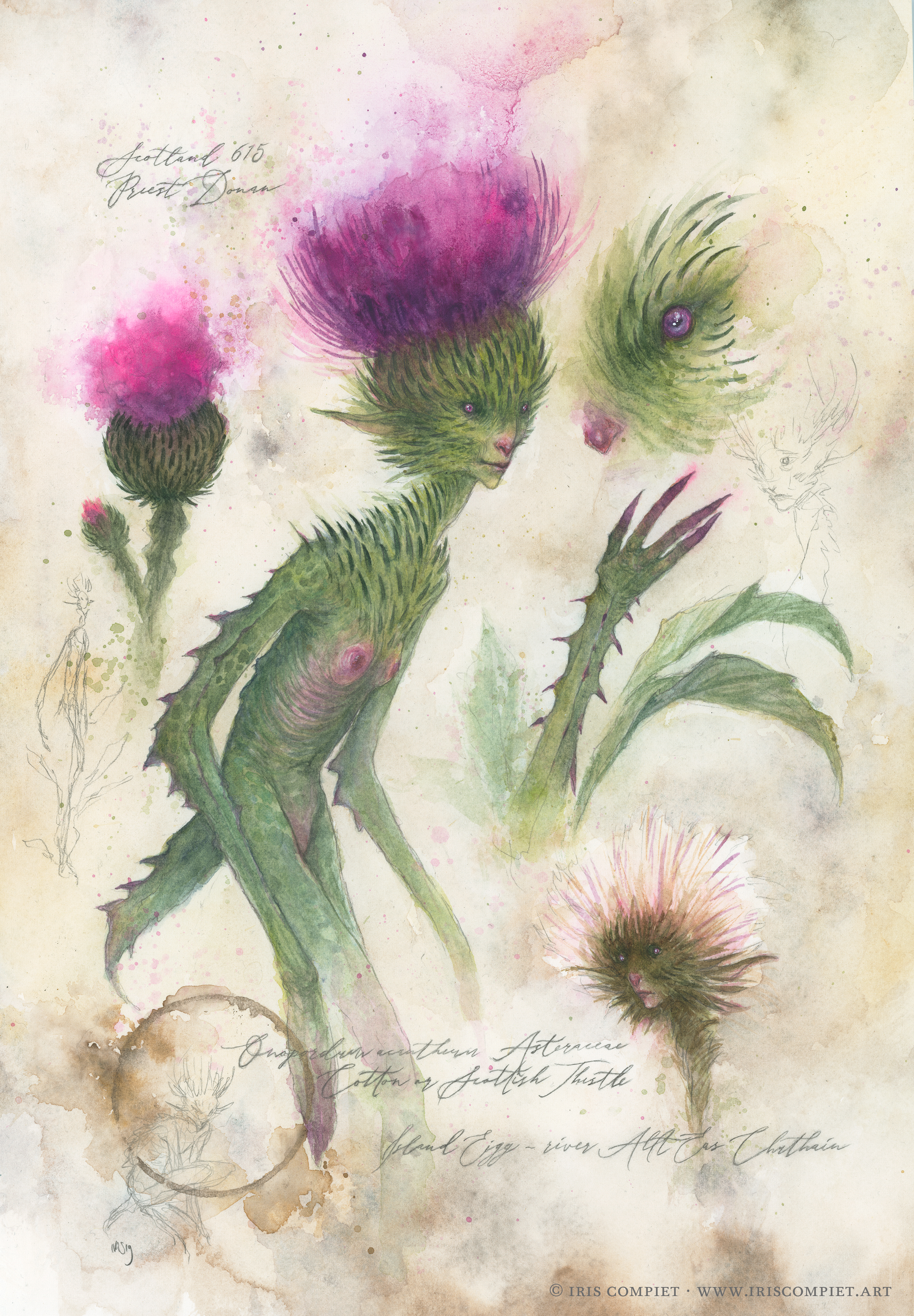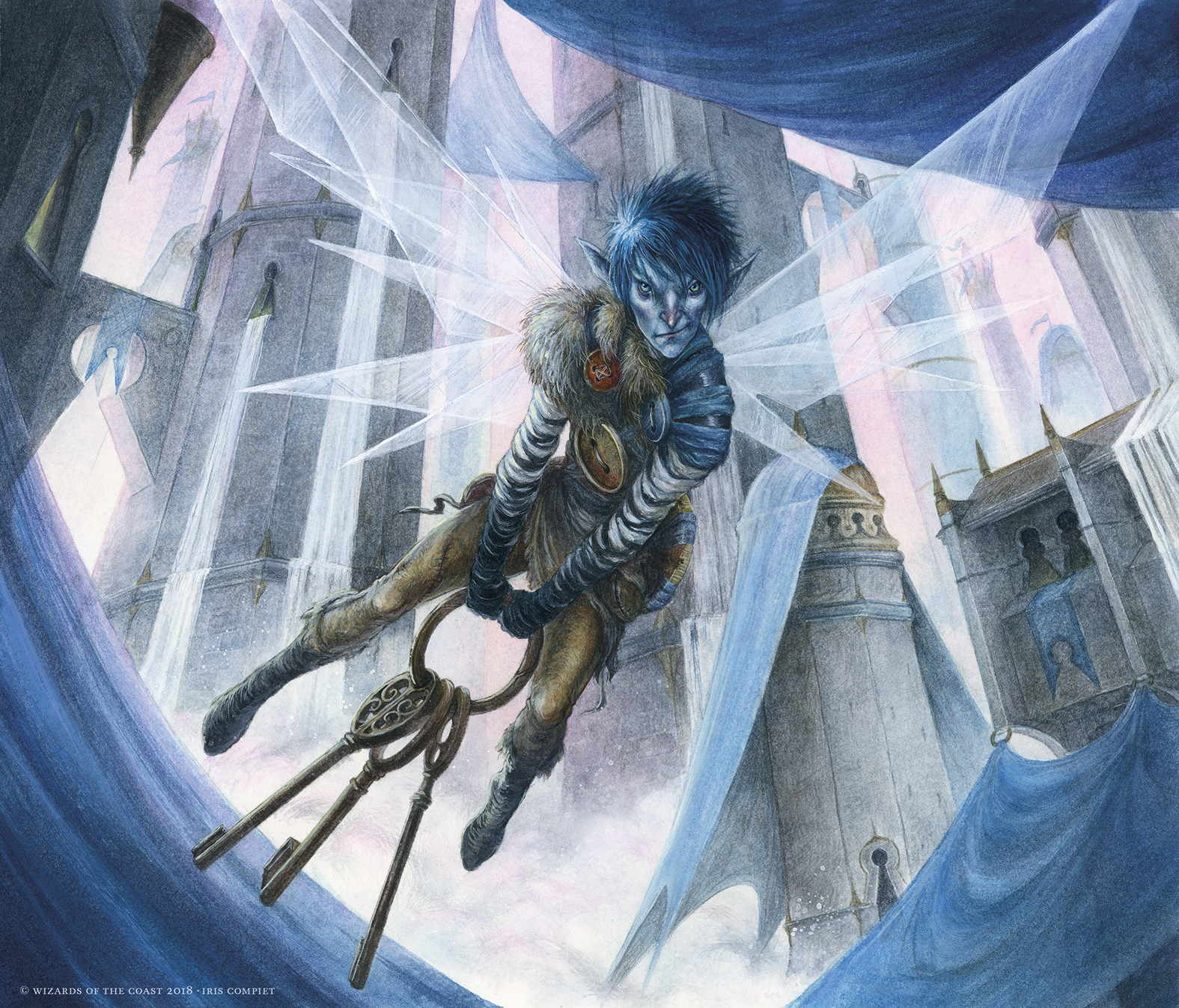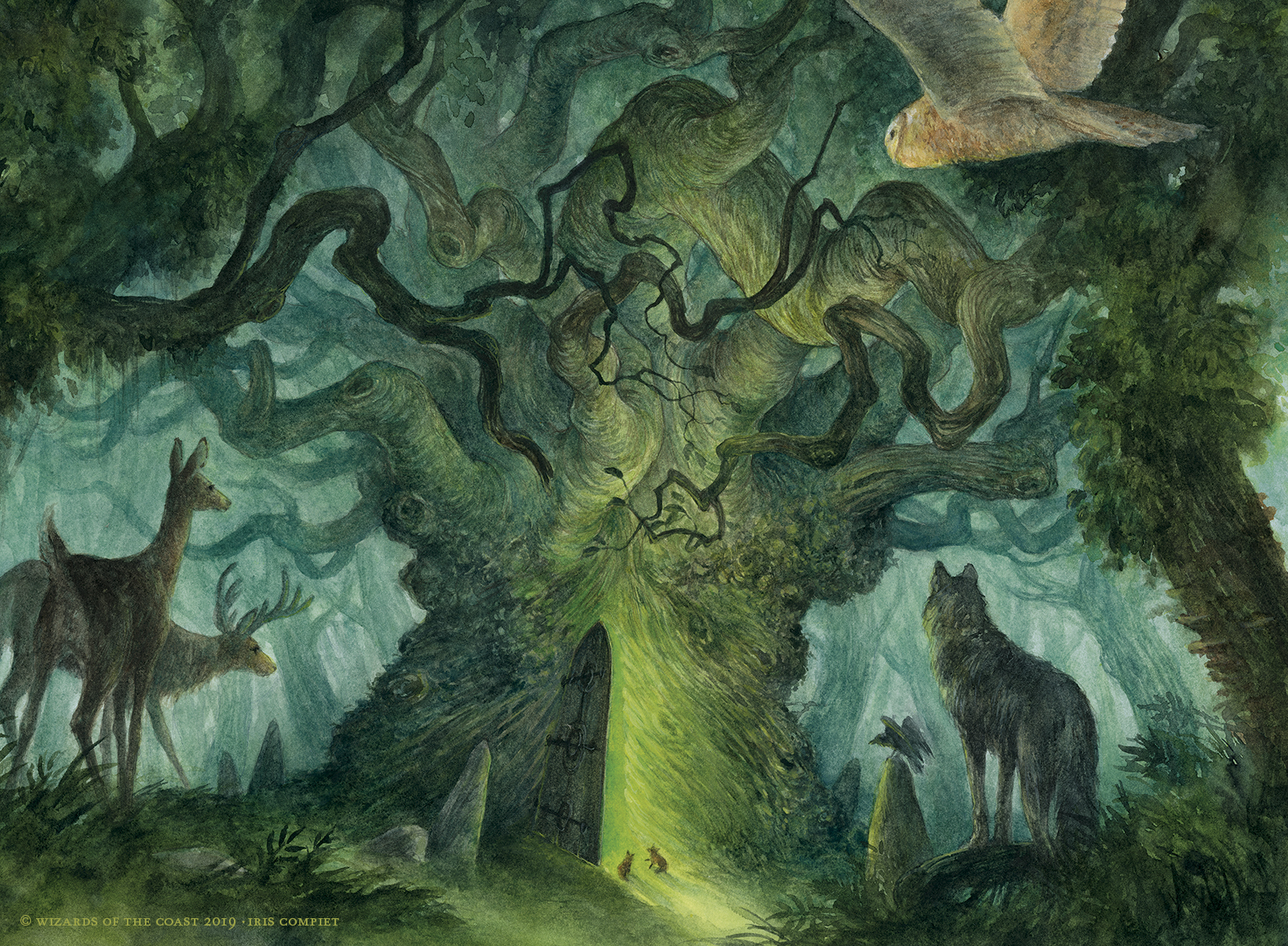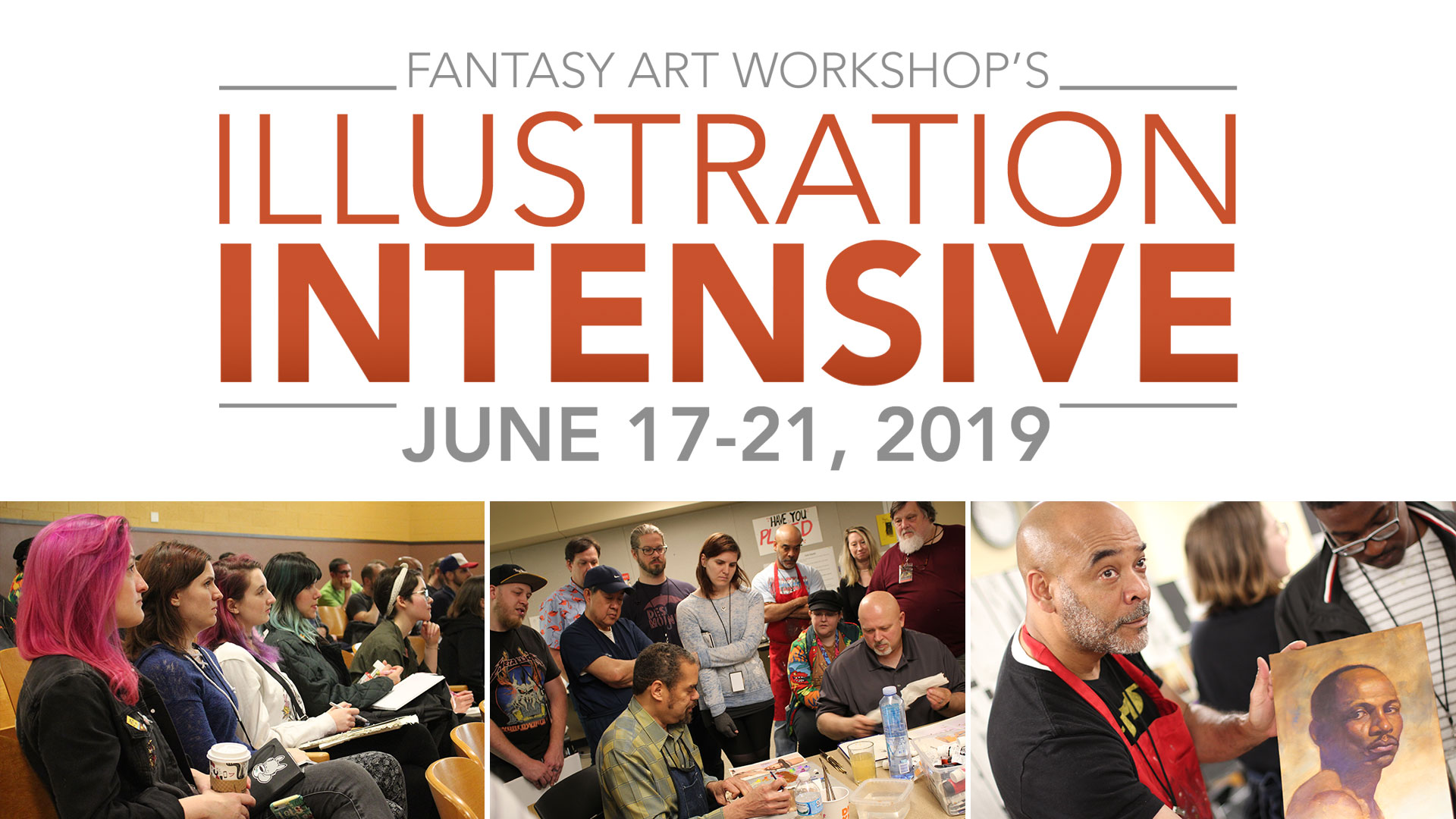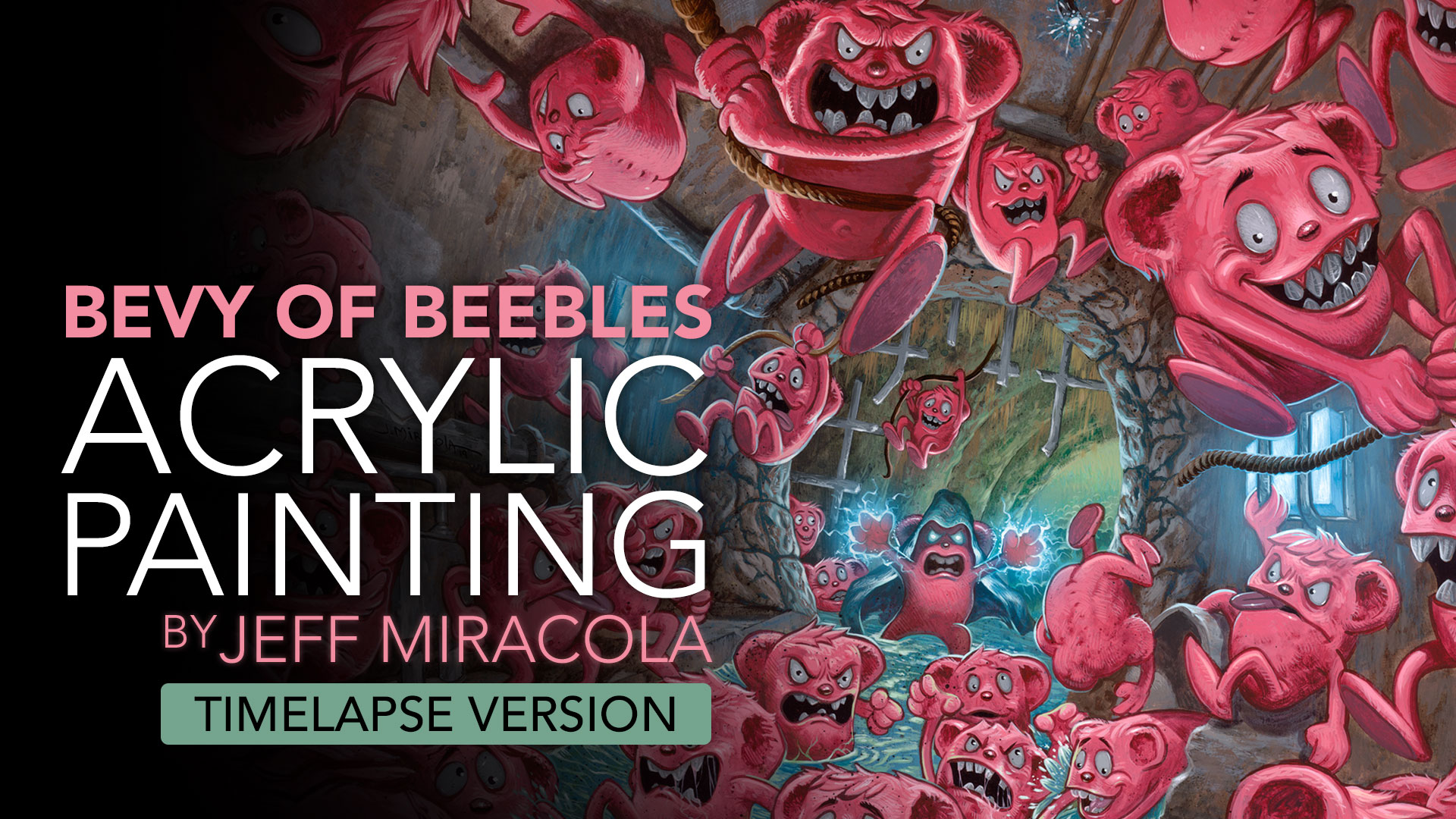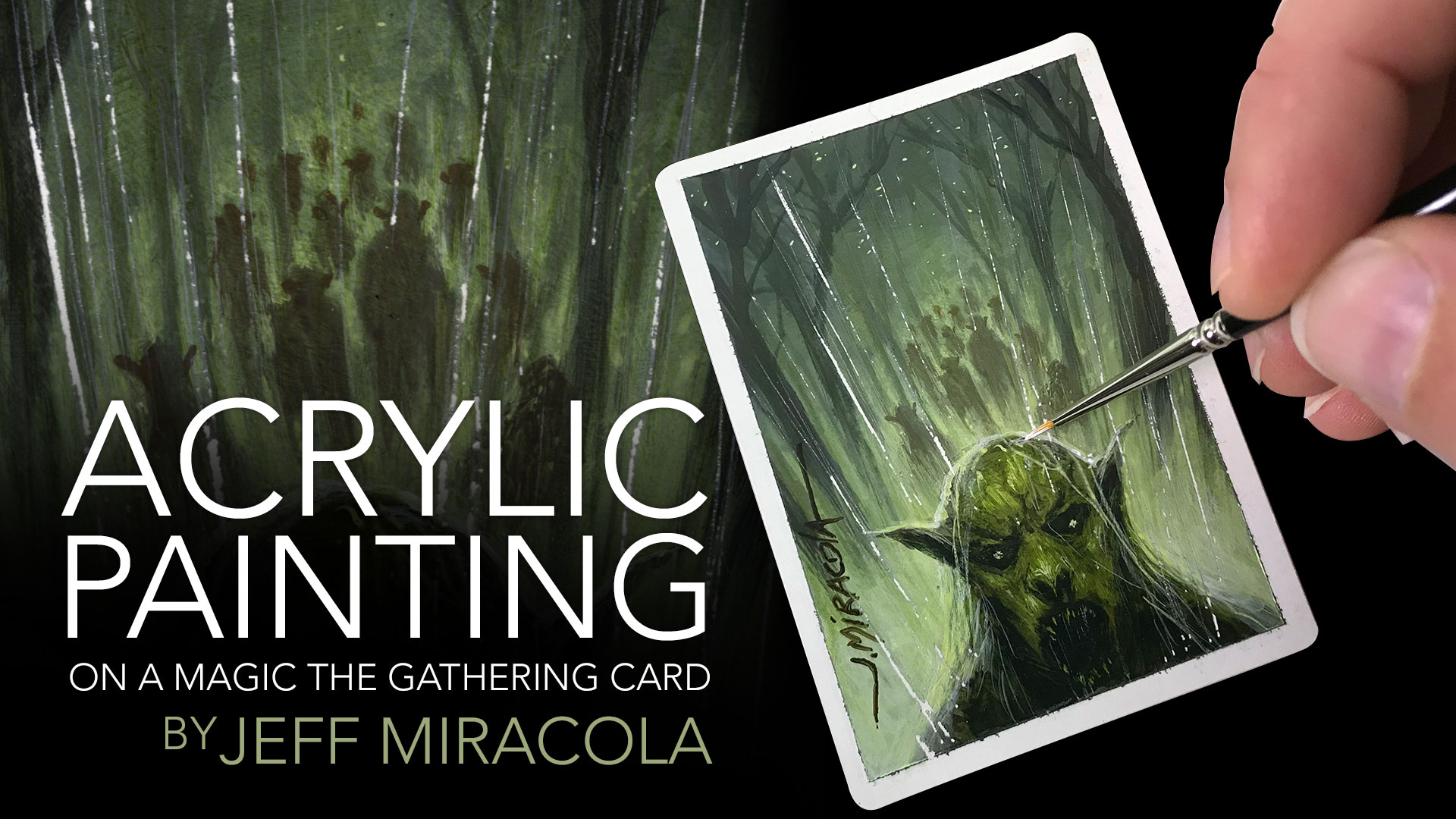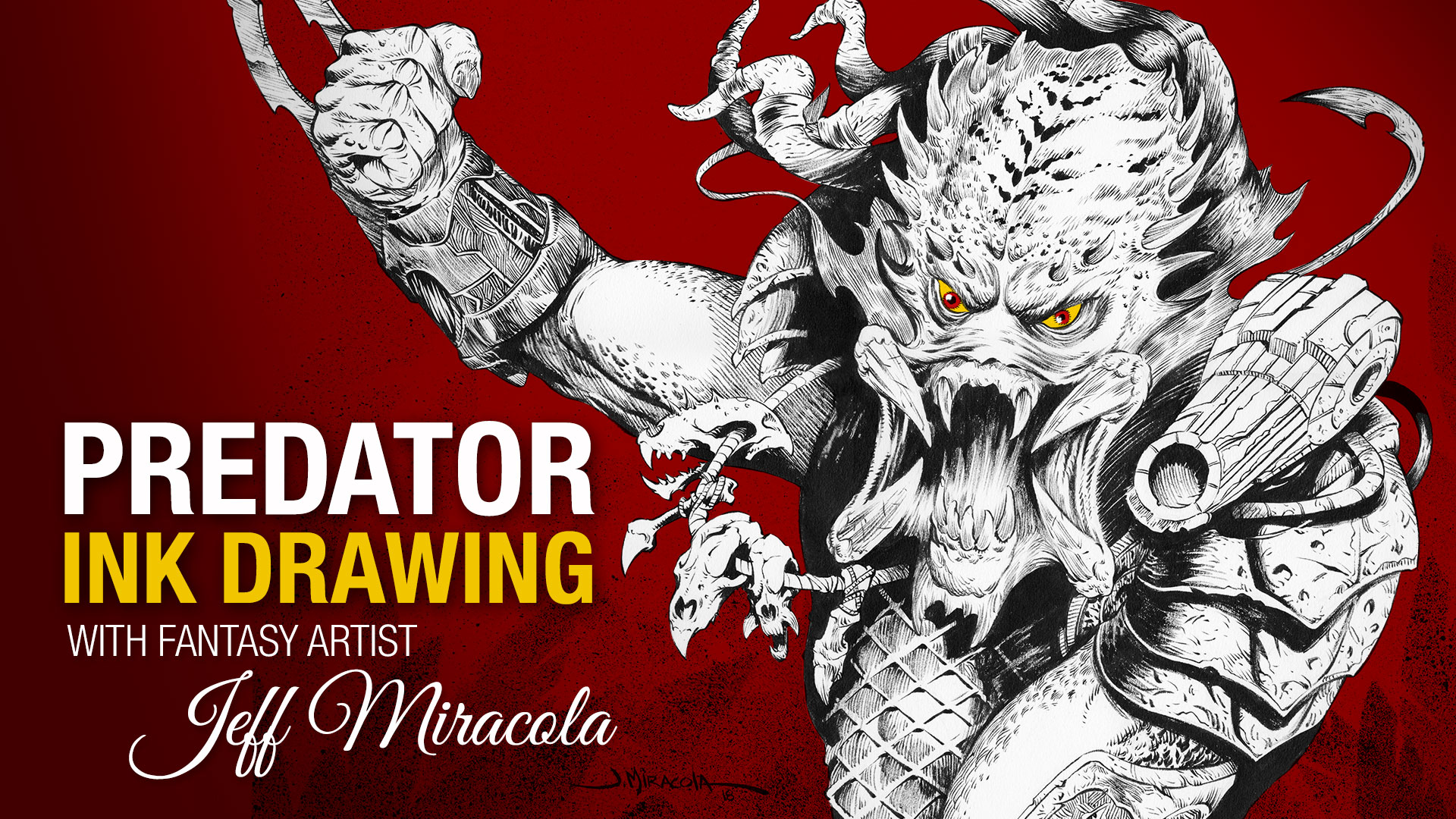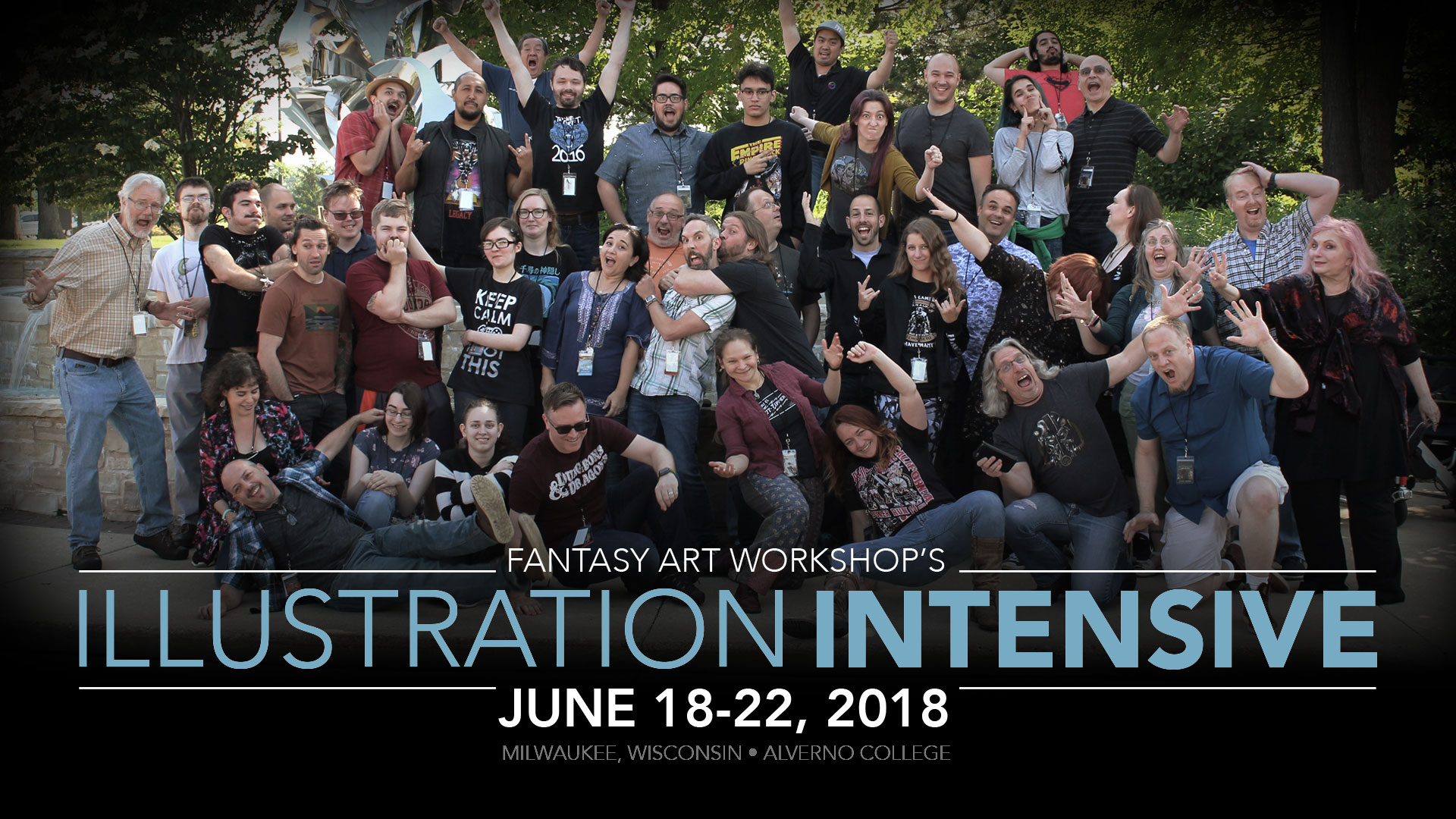Why are watercolors your medium of choice to create your traditional paintings?
Watercolors are just one of the mediums I work in, granted they are the medium I work most in. But oils, graphite and acrylics are also added to my arsenal of choice. However, watercolor is the one I’ve worked longest in. I think it’s the one medium I had at hand when I started out when I was younger, not knowing what I was doing but just having fun creating. And now, it’s also a medium that doesn’t require much prep work, you can do it everywhere.
I’ve used watercolors in Iceland when I was painting along side a little river, using the water from the river to paint with. So it’s a convenient medium, it’s simple but a challenge more so than any other medium. Where oils are forgiving and even acrylics are, watercolor demands patience, perception and the ability to react and respond to what’s happening. For me watercolors are a natural way of working, it’s almost like having a conversation with the material, you’re working together to create something and neither of you know exactly what the outcome will be. And since I’ve been working on my Faeries of the Faultlines, watercolors felt like the right medium for that subject, closest to nature almost.
You also create stunning sculptures. Did this start as a hobby or was sculpture requested by a client?
My sculptures were actually born out of necessity. I was left with a painful hand and wrist after being overworked at the day job (back when I had a day job, which I did for 16 years). I couldn’t hold a pencil for longer than half an hour and it was so very painful. But the ideas kept coming and it was torture not being able to get the ideas out and do something. I had a box of Monsterclay in the cupboard and knowing you heat that stuff to make it more manageable to work with I started doing that. The kneading of the warm clay meant I was using different muscles in my hand, this helped heal my injury and I was able to create something.
That’s where it all began for me. An added bonus was that I was able to now visualize my creatures and creations in three dimensions. In the past, people asked me if they could use my designs to sculpt and I always felt awkward about it. I have a strong attachment to my creatures. They all have a story and if someone else starts telling that story it sounds all wrong. So… I decided to try it myself. Also, my two dimensional work becomes better the more I work in 3d. That’s because it forces me to think of the creation in three dimensions, meaning it has to be interesting from all angles. My creatures feel more alive to me now.
Your gorgeous Faeries of the Fautlines book was successfully funded on Kickstarter. What have you learned about crowdfunding that you can share with our readers?
When Faeries of the Faultlines hit Kickstarter I had no idea what would happen. I had hoped it would maybe sell 300 books. I just wanted this book to become a reality. But when it was completely funded after 48 minutes I was shocked. I didn’t anticipate any of this. I ended up selling around 2500 books, did 700 or so unique sketches in books, packaged all 2500 books by hand myself. And I did it in about 3 months. I’m happy I did it. But if I would do it now I would definitely ask for help. Many people offered help but I just didn’t have the setup or place to put people so I had to do it on my own. It was a rough time and certainly took its toll on my health, but knowing I held every single copy of that book in my hands and sent it off to its new home makes me happy. All those people helped make my dream come true, it felt only right to do this for them personally.
But looking back, yes, it was too much. Crowdfunding can be a beast and it is a job, a fulltime job. You’re not just the artist creating the art for it, but you’re also the helpdesk, the person who packages everything, the lawyer, the sales rep, you name it.
Running a Kickstarter campaign is all about being open and honest in your communication. People are putting their trust in you and you need to make sure you don’t let them down. Keep the rewards manageable, the promise you make to them realistic. Do your calculations, make sure everything is in order. And make sure you’ve got 80% of your final product done, if it’s a book, make sure it’s almost finished or finished before you hit that launch button on Kickstarter.
What mentors, books, or philosophy has helped you along your artistic journey?
I have my heroes, as do we all. Faeries by Brian Froud and Alan Lee has played a big part in me setting out on this journey to become an artist. When I saw that book in the library when I was seven I remember telling my parents I too wanted to become an artist. That book was what made it ‘real’ to me, to be an artist.
But every single day I find new artists that inspire me. Or I see something in nature that just blows my mind. I’m not very good at studying art, reading books about art, or trying to learn the methods of others. I love to observe and figure out how I would incorporate a certain thing I see another artist do. I learnt oil painting by taking a beginners course at a classical atelier just to learn the basics and understand the material, and from there on I love to experiment with the material. That’s what I love about being an artist, the knowledge that I don’t know anything and that every day holds the potential of learning something new that will make me a better artist.
For many years I tried to fit in as an artist. I tried to do what I perceived as being successful. I tried to emulate what I saw in famous annuals. It never really felt comfortable to me. I was so preoccupied with trying to emulate a popular style that I completely forgot about myself as an artist. Art became a bore and I didn’t enjoy it. I was just too busy with trying to fit in that I completely discarded why I wanted to be an artist in the first place. The moment I decided I’d had enough (I didn’t get any jobs any way. I was a “failure”) was the moment I said to myself I was done trying to fit in and I just wanted to create art I wanted to see, not what I thought others wanted to see. And at that exact moment everything fell into place. Instead of pleasing others I was back creating because I wanted something to ‘be’. I think that’s my philosophy.
Do you have any current or upcoming projects that you can tell us about?
I am currently working on some very cool NDA projects, NDA meaning I can’t show any of it. But aside from that I am working on the re-release of Faeries of the Faultlines, which will be published in September 2020. I’m working on getting more sculpts out of my studio, such as Harry and his owl. And I’m working on some ideas I have for the Faultlines, which have been growing and opening up to me ever since book one. Exciting things.
When people ask me what the next big thing is after this book I always jokingly say a theme park. So yes, that’s the next thing, the next BIG thing. I want to create a theme park! As well as animation/stop motion and so much more!
About Iris
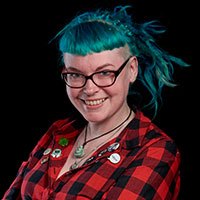
Iris Compiet is a traditional artist and Illustrator from the Netherlands. At the age of seven she knew exactly what she wanted to do when she grew up… paint and draw fantastical beings. She enjoys working on projects ranging from picture books to gallery art, concept art, and even sculpting.
Storytelling is an essential part of her artwork, and, as an artist, she strives to lure in the spectator, to make them feel a connection to her work and open a gateway to their imagination to ignite it even further. Iris created a world called Faeries of the Faultlines, a book that was successfully funded through Kickstarter.
Drawing inspiration from European folklore, mythology, fairytales, ghost stories, and anything from tombstones, Victorian photography to popular movies and music, Iris explores the depths of darkness to find the light.
